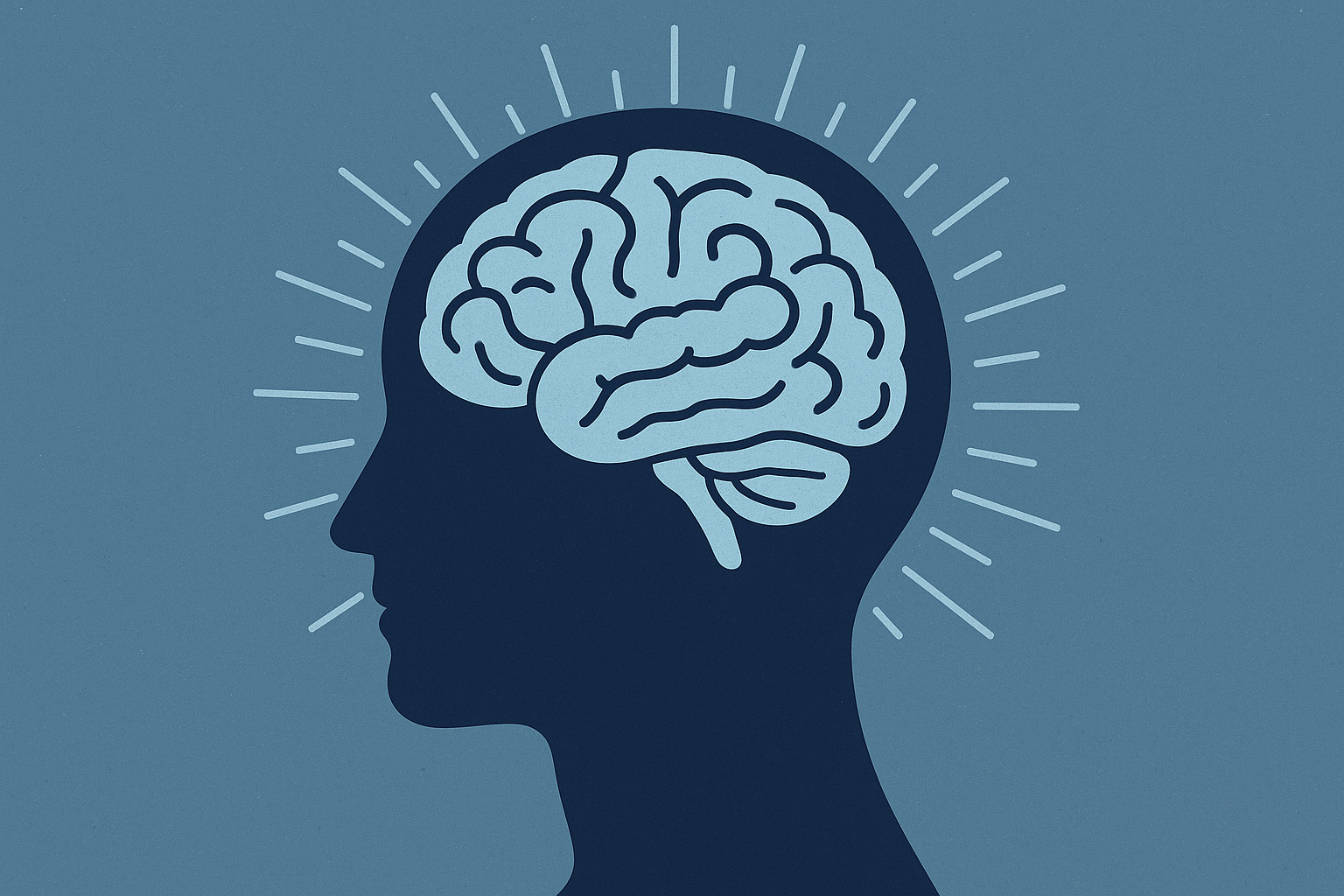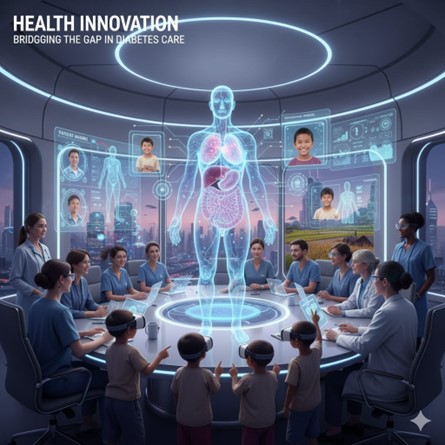Ninety Nine Lessons in Critical Thinking: A Book Review

Prologue
If you were to pick up a paper that was not in your field, which section would you read first? Often it is indeed the Discussion section – what I would call “the journal scanner’s way” – because this way you will not only get to see results briefly summarized, but also the unique perspective and wisdom of the researcher! Hopefully this quick scan will shed light on the potential implications of the research without you having to read the whole paper! After all, the Discussion section is the only place where the author can now interpret the results and formulate new hypotheses.
Another way to review a paper is the “journal club way” – which is to first only look at the results, draw one’s own conclusions, and then look at the discussion section to see what the authors POV (point of view) was.
Finally, there is the “peer reviewer way”: which would be to go through the entire manuscript page by page, line by line, to not only understand the author’s results, but also assess the writing, the conclusions and the impact/relevance of the study!
Today, there is an enormous overload of information in science. The more the data, the more there will be opinions. After all, we were taught, as scientists to trust the facts.
Book Review: Ninety-nine Lessons in Critical Thinking
I was fortunate to recently read a most insightful and thought-provoking book: Ninety-Nine Lessons in Critical Thinking, by Neurologist Dr. Robert P. Friedland. In this book, Dr. Friedland describes how the knowledge overload can be at odds with critical thinking. In the Preface, he writes that “unlearning” what you know will help develop your ability for critical thinking, where you ask yourself where that knowledge came from. There are many valuable lessons in Dr. Friedland’s book that can be very helpful in the training and mentoring of medical doctors, scientists and other healthcare workers.
Here are a few examples of the “lessons” in doctor-patient interaction:
- Observe: Being a good observer is essential and should be done prior to making any diagnoses/conclusions.
- Learn: Each patient is different. There is a lot to be learned while interacting with a patient.
- Be prepared for the unexpected: Question an erroneous lab report. There could be a technical error.
The book goes into various topics on themes that include career development, experimenter bias, compassion, study design, information toxicity and ethics, each with tips or interesting stories and anecdotes. Throughout the book are quotes and “Persons to Know.”
Key Takeaways from Ninety-Nine Lessons in Critical Thinking
- The book bridges neuroscience, philosophy, and practical reasoning.
- Offers 99 concise lessons designed to help readers recognize biases, question assumptions, and think with clarity.
- Emphasizes that critical thinking is a learned skill, not an innate talent: it improves with awareness and deliberate practice.
- Encourages readers to distinguish between knowledge and belief, and to question sources of authority and information.
- Integrates insights from cognitive science, explaining how our brains often mislead us through shortcuts and emotional reasoning.
- Highlights the importance of intellectual humility, open-mindedness, and evidence-based reasoning in an age of misinformation.
- Uses examples from everyday life, medicine, and science to show how flawed reasoning can lead to errors in judgment.
- Aims to inspire readers to think more clearly, argue more persuasively, and make better decisions in professional and personal life.
Today, with knowledge and data in the forefront and AI integrated into every aspect of our lives, this book on critical thinking comes as a refreshing change in narrative. There is much to be learned from wisdom and experience of mentors and from one’s own introspection. For researchers, clinicians, and academics, Dr. Friedland’s insights offer more than cognitive tools: they offer a mindset for scientific integrity and open inquiry. This book doesn’t just teach how to think better; it inspires readers to question more deeply and reason more honestly.






